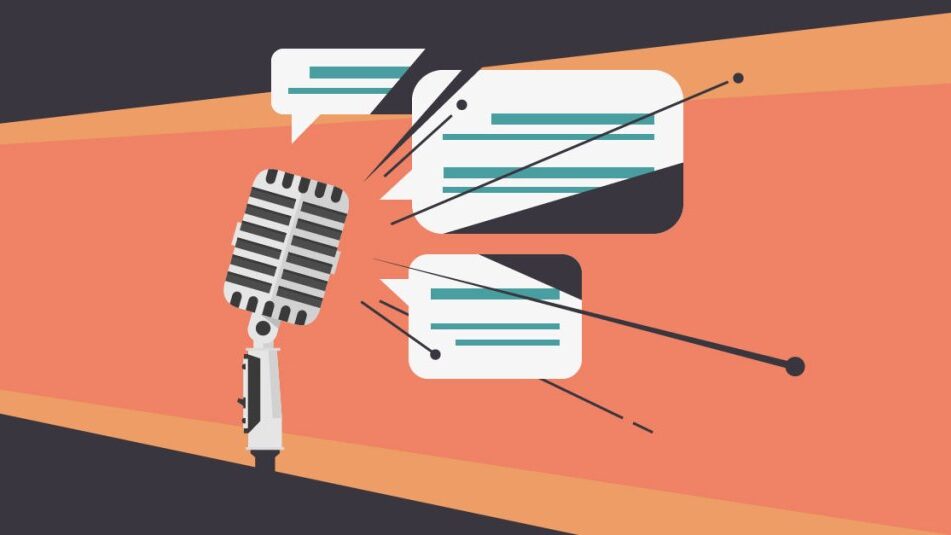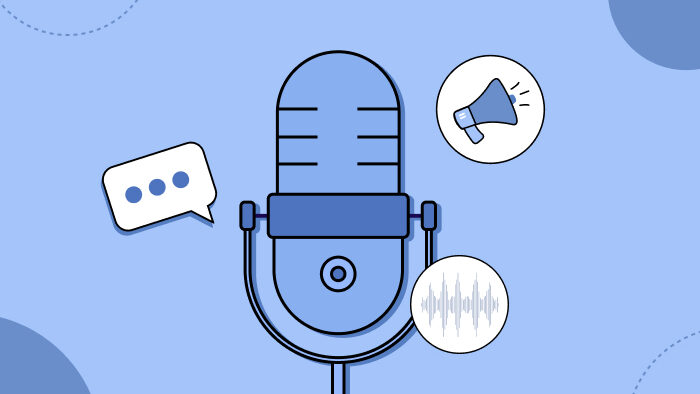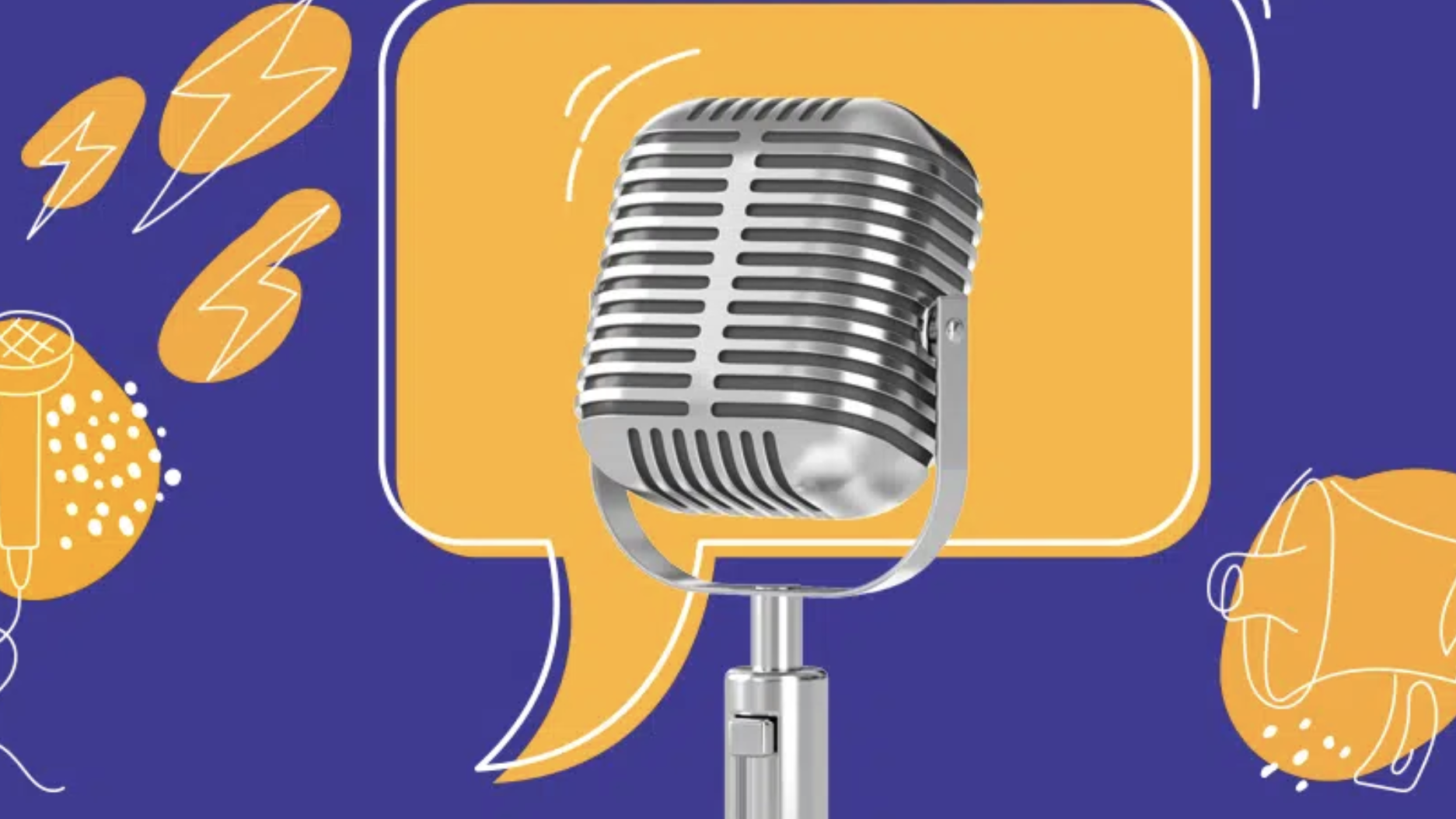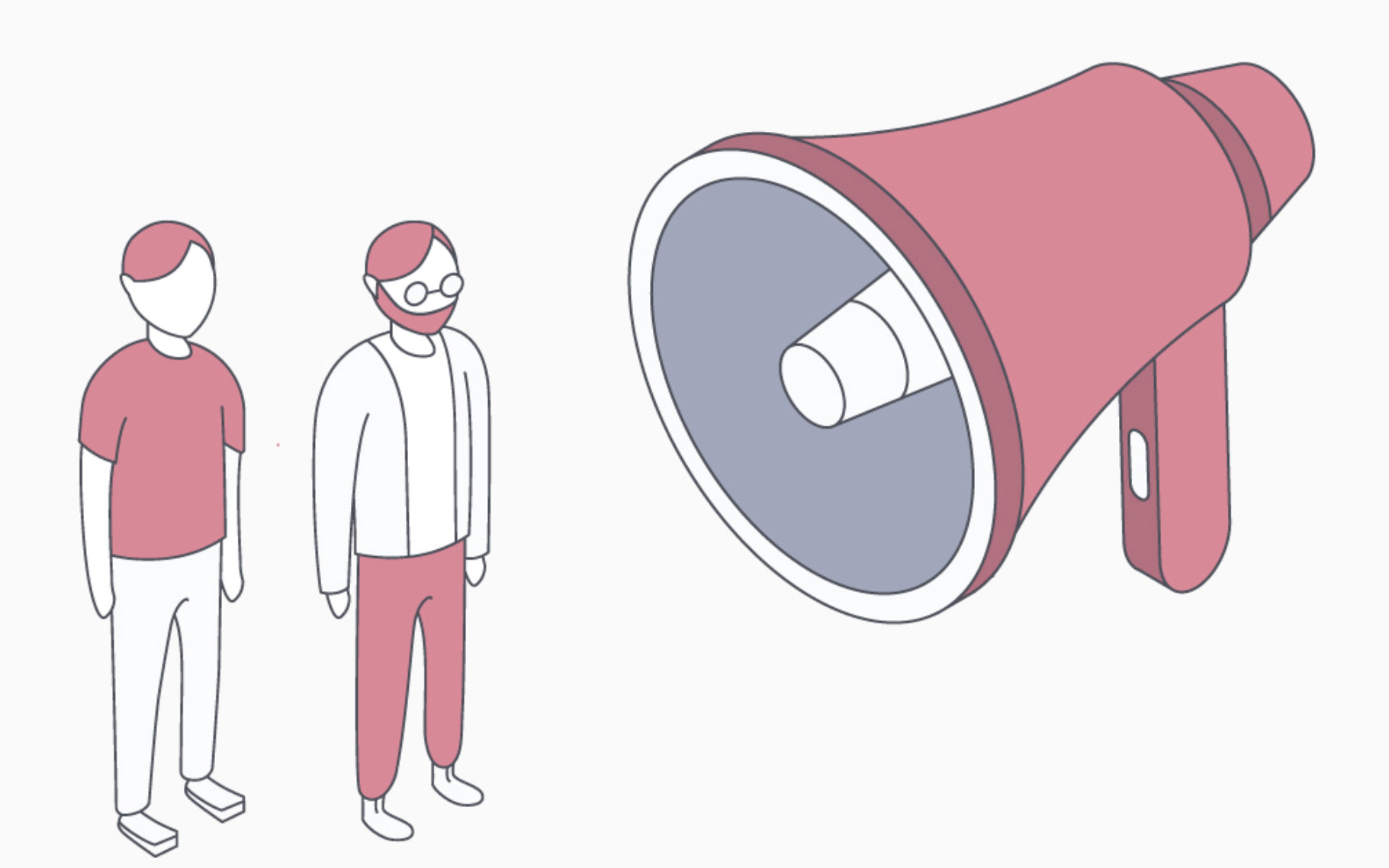What is Tone of Voice?
The tone of voice is how a brand communicates with its audience, focusing on how the message is conveyed rather than what is being said. Consider the difference between these two statements:
– “Thank you for subscribing to our newsletter.”
– “Awesome! You’re now part of our community!”
While both messages relay the same information, they do so in distinct ways, showcasing different tones of voice. This element is vital for your startup’s identity, helping it resonate with audiences in a specific way. For instance, Nike’s tone is empowering and motivational, while Patagonia’s is thoughtful and environmentally conscious.

Why Tone of Voice Matters?
For several reasons!
- Building Trust: A consistent tone fosters trust, creating a reliable and predictable communication pattern.
- Demonstrating Expertise: A well-crafted tone can showcase your knowledge and professionalism.
- Evoking Emotions: The right tone can evoke emotions that drive customer loyalty and engagement.
- Differentiation: It sets you apart from competitors who may offer similar products or services but communicate differently.

How Tone of Voice Builds Trust?
- Credibility: A consistent tone makes your startup appear honest and credible.
- Reliability: Predictable communication reassures customers of your reliability.
- Intimacy: A personal tone fosters deeper connections, making customers feel respected and valued.
- Self-Orientation: A thoughtful tone shows customers you care about their needs.
Tone of Voice Examples
Consider these well-known brands:
- Nike: Inspirational, confident, and motivational, reflecting their mission to empower athletes.
- Ben & Jerry’s: Friendly, playful, and socially conscious, aligning with their commitment to social justice and community engagement.
- Slack: Casual, approachable, and efficient, making their workplace communication tools user-friendly and accessible.

The Four Dimensions
In 2016, the Nielsen Norman Group identified four dimensions of tone of voice:
1. Casual vs. Formal: Determines the level of formality in your communication.
2. Funny vs. Serious: Balances humor and straightforwardness.
3. Respectful vs. Irreverent: Reflects the adherence to or challenge of norms.
4. Enthusiastic vs. Matter-of-Fact: Conveys the energy and excitement of your message.

The 16 Tones of Voice
Inspired by the Myers-Briggs Type Indicator, the tone of voice profiles can be broken down into 16 types, combining the four dimensions mentioned above. Here are the 16 types:
1. Earnest Ally (CSRE): Casual, Serious, Respectful, Enthusiastic.
2. Steadfast Analyst (CSRM): Casual, Serious, Respectful, Matter-of-fact.
3. Bold Visionary (CSIE): Casual, Serious, Irreverent, Enthusiastic.
4. Pragmatic Rebel (CSIM): Casual, Serious, Irreverent, Matter-of-fact.
5. Spirited Diplomat (CFRE): Casual, Funny, Respectful, Enthusiastic.
6. Playful Realist (CFRM): Casual, Funny, Respectful, Matter-of-fact.
7. Lighthearted Maverick (CFIE): Casual, Funny, Irreverent, Enthusiastic.
8. Playful Freethinker (CFIM): Casual, Funny, Irreverent, Matter-of-fact.
9. Dignified Mentor (FSRE): Formal, Serious, Respectful, Enthusiastic.
10. Composed Analyst (FSRM): Formal, Serious, Respectful, Matter-of-fact.
11. Radical Innovator (FSIE): Formal, Serious, Irreverent, Enthusiastic.
12. Grounded Pathfinder (FSIM): Formal, Serious, Irreverent, Matter-of-fact.
13. Charming Ambassador (FFRE): Formal, Funny, Respectful, Enthusiastic.
14. Jovial Investigator (FFRM): Formal, Funny, Respectful, Matter-of-fact.
15. Witty Provocateur (FFIE): Formal, Funny, Irreverent, Enthusiastic.
16. Insightful Disruptor (FFIM): Formal, Funny, Irreverent, Matter-of-fact.
Choosing the Best Tone of Voice
The best tone for your startup is one that aligns with its personality and resonates with its audience. Look at top companies like Microsoft (Composed Analyst) and Apple (Earnest Ally). Despite selling similar products, their distinct tones contribute to their unique brand identities.
Tone vs. Voice
Tone: How you express yourself in the moment, adaptable to context.
Voice: Your underlying personality, is consistent across contexts.
For instance, if your voice is honest, your tone can vary in enthusiasm depending on the situation, such as dialing back excitement when delivering bad news.
Tone of Voice vs. Brand Voice
Tone of Voice: How your startup communicates its personality.
Brand Voice: The unique personality, values, and characteristics of your startup, consistently applied across all channels.
Why is the Tone of Voice important for startups?
A well-defined and consistent tone of voice:
– Enhances brand identity and consistency.
– Improves customer engagement and loyalty.
– Helps your startup stand out from competitors.
– Increases the effectiveness of marketing campaigns.

Who’s Responsible for Tone of Voice at a Startup?
- Founders and Leadership: Setting the foundation for the tone of voice.
- Marketing and Content Teams: Creating and distributing aligned content.
- Sales and Customer Support Teams: Maintaining consistent communication.
- Product and Design Teams: Incorporating tone into product and design elements.
- HR and Internal Communications: Fostering a strong company culture.

Best Examples of Companies
– Monzo: Transparent, friendly, and human, emphasizing their customer-centric approach.
– Oatly: Quirky, irreverent, and playful, reflecting their innovative and eco-conscious stance.
– Glossier: Casual, empowering, and inclusive, focusing on real beauty and user-generated content.

Conclusion
A strong and consistent tone of voice is crucial for building a successful brand. By defining and applying your startup’s tone of voice, you can create a unique and memorable brand experience that resonates with your audience and sets you apart from competitors.
Related Posts:
A Detailed Guide to UX Writing: Welcome to the Exciting World of Words and Design
Content Design: The Language of User Experiences
Unveiling the Magic: UI vs. UX Design
Master UX Design by Integrating Psychology for Superior User Experience
